Growing Clary Sage: Enjoying The Clary Sage Herb In Your Garden
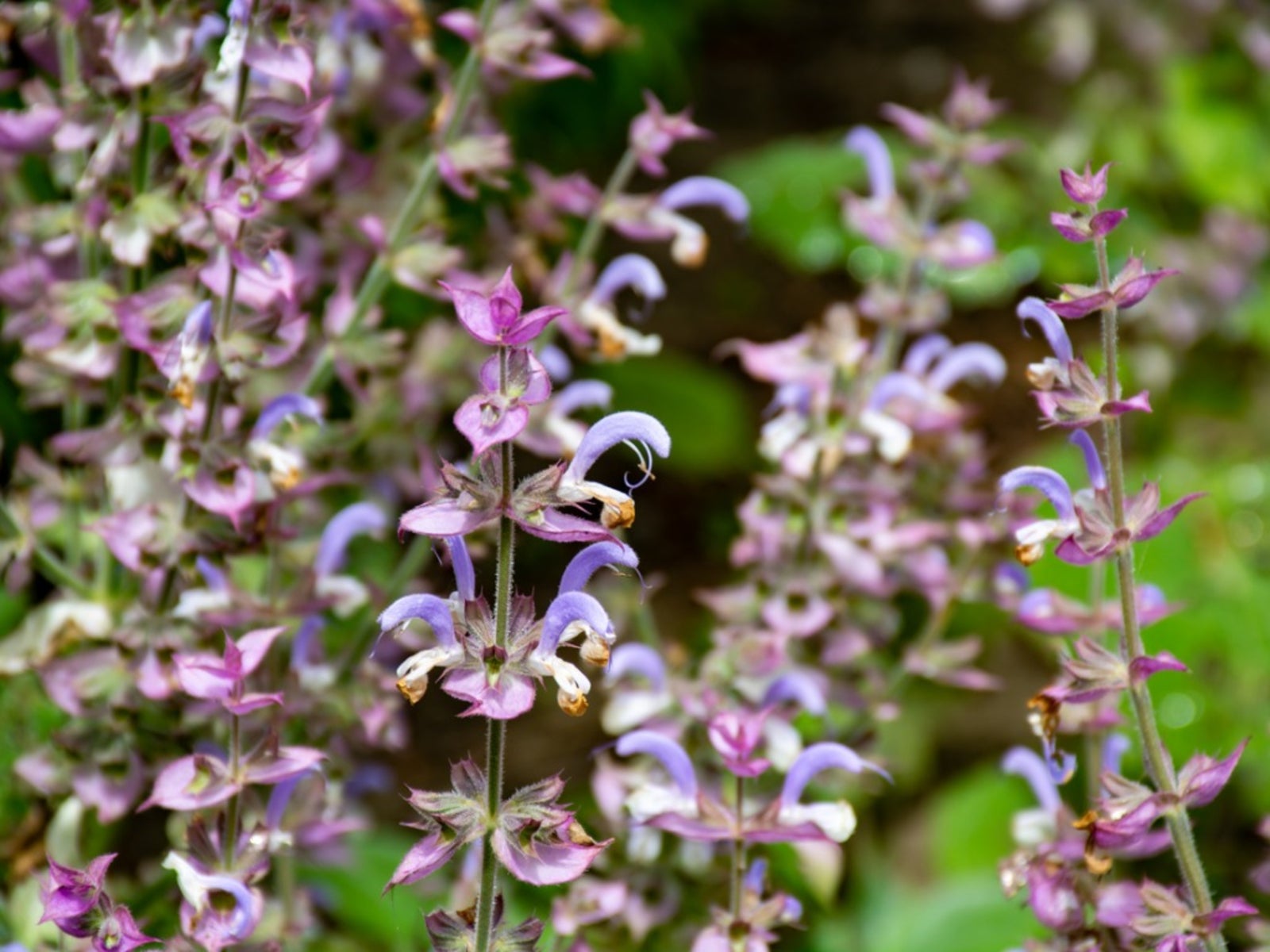

Clary sage plant (Salvia sclarea) has a history of use as a medicinal, flavoring agent, and aromatic. The plant is an herb in the genus Salvia which encompasses all the sages. Salvia sclarea is primarily grown in the temperate areas of the world and is a short-lived herbaceous perennial or biennial. More commonly known as Cleareye or Eye bright, clary sage herb is easy to grow and adds an ornamental display of flowers to the herb garden.
Clary Sage Herb
Clary sage plant is native to the Mediterranean and parts of Europe. It is most commonly cultivated in Hungary, France, and Russia. Both the leaves and flowers are used in flavoring and teas as well as aromatherapy applications. The plant also yields an essential oil called clary oil or muscatel sage, which is used for topical afflictions and in aromatherapy applications. Growing clary sage for home use provides all these benefits and is safe for human consumption according to the Purdue University.
How to Grow Clary Sage
Clary sage is a biennial that begins as a rosette in the first year and will grow a flower stalk the second year. It is a short-lived plant that will usually die after the second year, although in some climates it may persist weakly for one or two more seasons. The plant can grow up to 4 feet (1 m.) tall and produces purplish blue flower spikes from late spring into midsummer. Flowers are held in panicles which contain four to six blooms. Cultivators grow clary sage primarily for the flowers, which are dried or pressed for various uses. Growing clary sage can be accomplished down to USDA Plant Hardiness Zone 5. Clary sage plant grows and establishes quickly in full sun and well drained soils. Sage can be started from seed, cuttings, or layered. The most important attribute for growing clary sage is drainage. Wet sites can rot the plant or severely curtail its growth. The plant will need supplemental irrigation until it is established but can provide its own moisture thereafter except in very arid zones.
Using Clary Sage in the Garden
Clary sage is deer resistant, which makes it ideal for the naturalized or meadow garden. The plant may spread by seed but volunteer seeding is usually minimal. The herb requires a chilling period of at least three months to produce flowers and is not a good performer in hot climates for this reason. Clary sage plant does well in an herb or pottage garden or mixed in a border of perennials. It attracts honeybees and other pollinators to the garden.
Varieties of Clary Sage Herb
Clary sage has two common cultivars. A variation called turkestanica is a 3 foot (1 m.) tall version of the herb with longer flower bracts and a more pronounced blue color. The cultivar 'Vatican' is a white flowering clary sage herb with the same cultivation requirements as the parent herb.
Gardening tips, videos, info and more delivered right to your inbox!
Sign up for the Gardening Know How newsletter today and receive a free copy of our e-book "How to Grow Delicious Tomatoes".

Bonnie Grant is a professional landscaper with a Certification in Urban Gardening. She has been gardening and writing for 15 years. A former professional chef, she has a passion for edible landscaping.
-
 Try The Trend – Turn Any Bed Into A Keyhole Garden With This Clever In-Ground Composter
Try The Trend – Turn Any Bed Into A Keyhole Garden With This Clever In-Ground ComposterKeyhole gardening is an efficient and sustainable practice that saves space. Get started on this DIY project quickly and easily with an in-ground composter.
By Bonnie L. Grant
-
 4 Superfast Composting Methods: Turn Waste Into Garden Gold In 30 Days Or Less
4 Superfast Composting Methods: Turn Waste Into Garden Gold In 30 Days Or LessTry the fastest composting methods to turbocharge your pile and transform kitchen scraps and garden waste into finished compost in just a few weeks.
By Mary Ellen Ellis
-
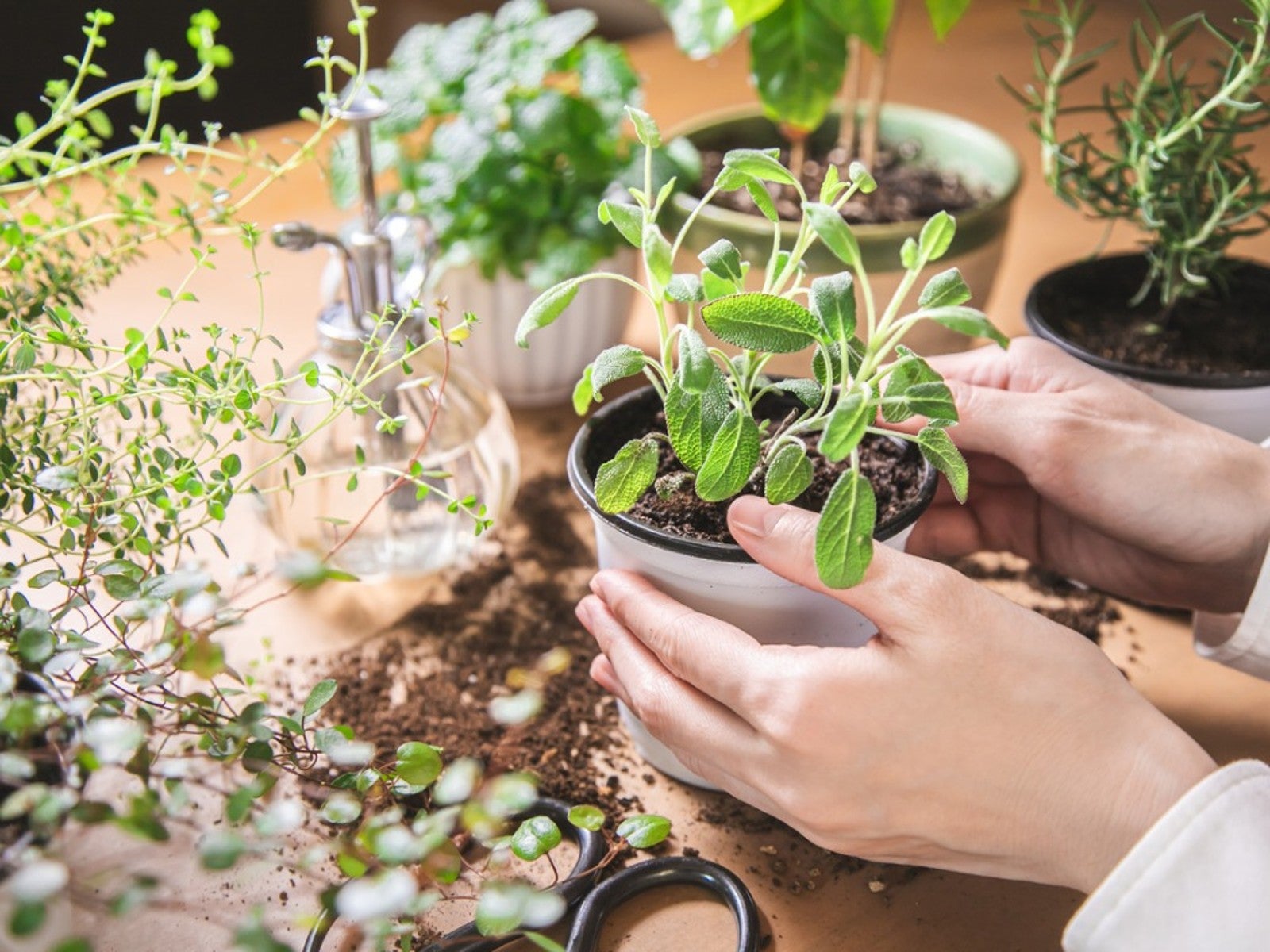 Propagating Sage: How To Grow Sage From Cuttings And Seed
Propagating Sage: How To Grow Sage From Cuttings And SeedOne of the best ways to acquire new plants is by propagating sage from existing ones. Read on to learn how.
By Laura Miller
-
 Picking Sage Herbs – When Should I Harvest Sage Herbs
Picking Sage Herbs – When Should I Harvest Sage HerbsSage is a versatile herb that is easy to grow in most gardens. It looks nice in beds but you can also harvest leaves to use dried, fresh or frozen. If growing to use in the kitchen, know when to pick sage and how to harvest it for the best results. This article will help with that.
By Mary Ellen Ellis
-
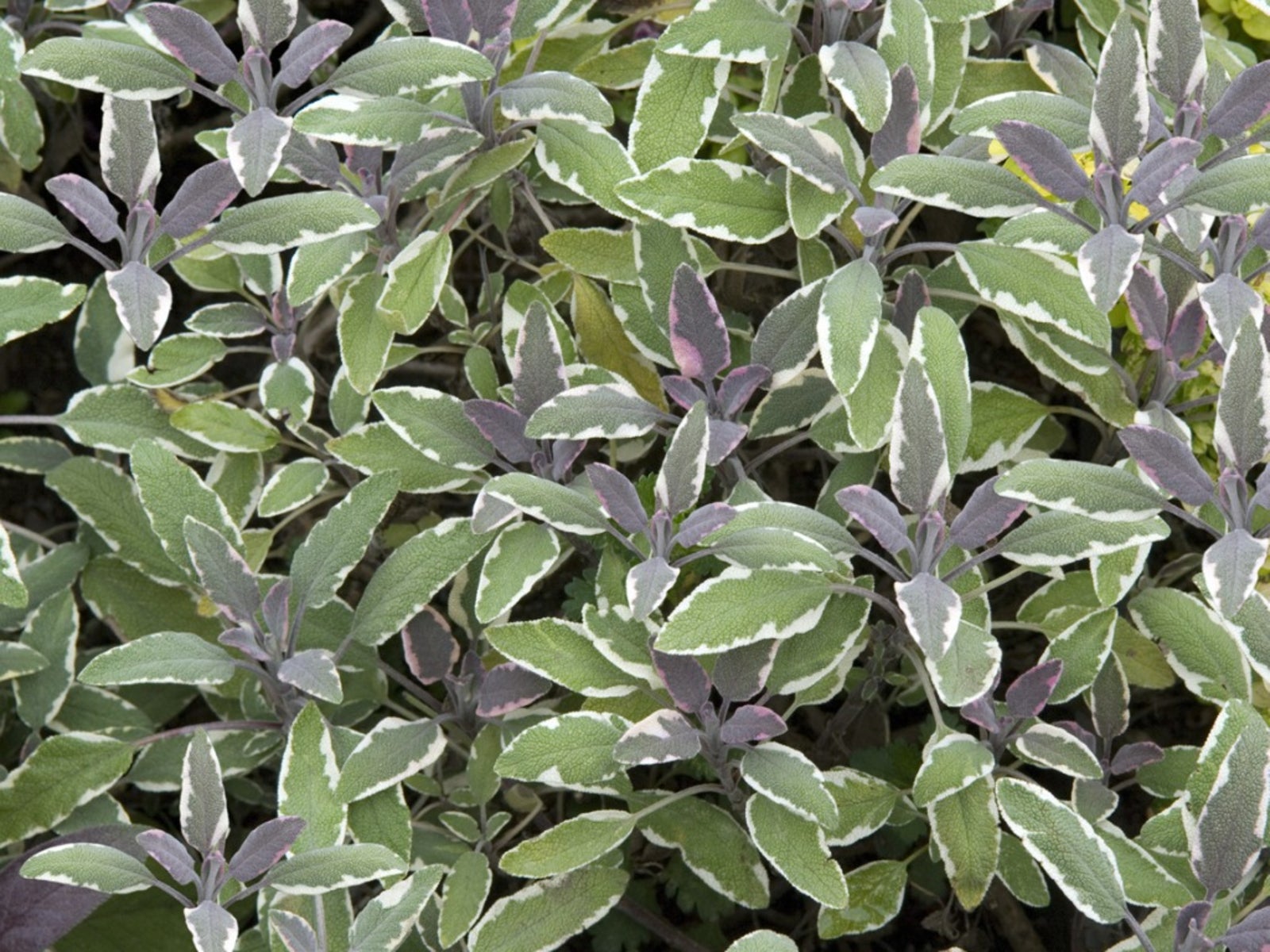 Tricolor Sage Herb – Tips On Growing Tricolor Sage Plants
Tricolor Sage Herb – Tips On Growing Tricolor Sage PlantsMany gardeners simply stick to green sage, but an interesting alternative that's gaining some real traction is tricolor sage. Tricolor sage plants do double duty as a culinary herb and as an ornamental. Learn more about growing tricolor sage in this article.
By Liz Baessler
-
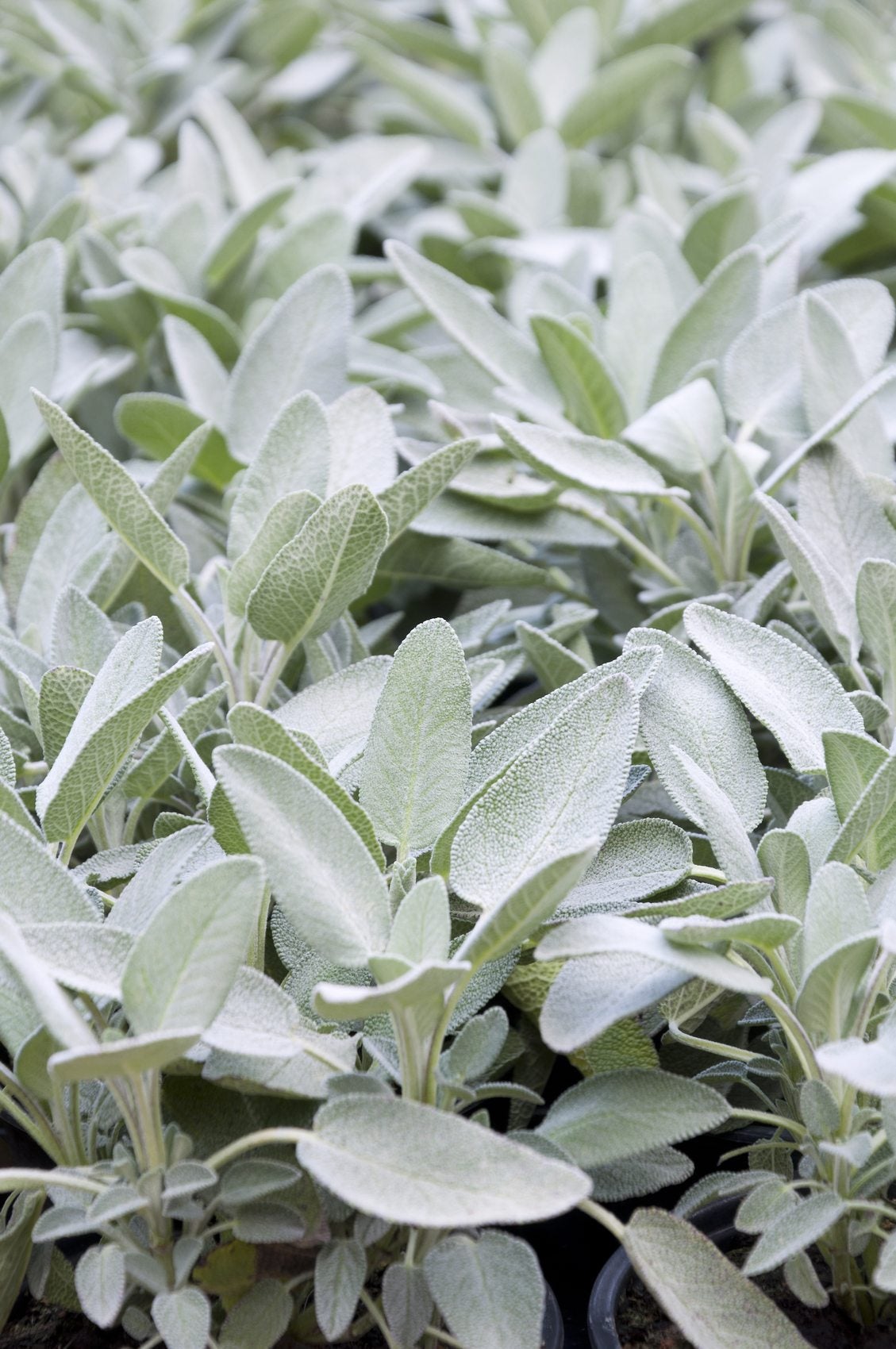 Sage Plants For Gardens: Learn About Different Types Of Sage
Sage Plants For Gardens: Learn About Different Types Of SageThere are many different types of sage. Some are culinary, some have medicinal properties and some are grown purely for ornamental purposes. All of these sage plants work well for gardens. Find out about sage plant varieties and their uses in this article.
By Amy Grant
-
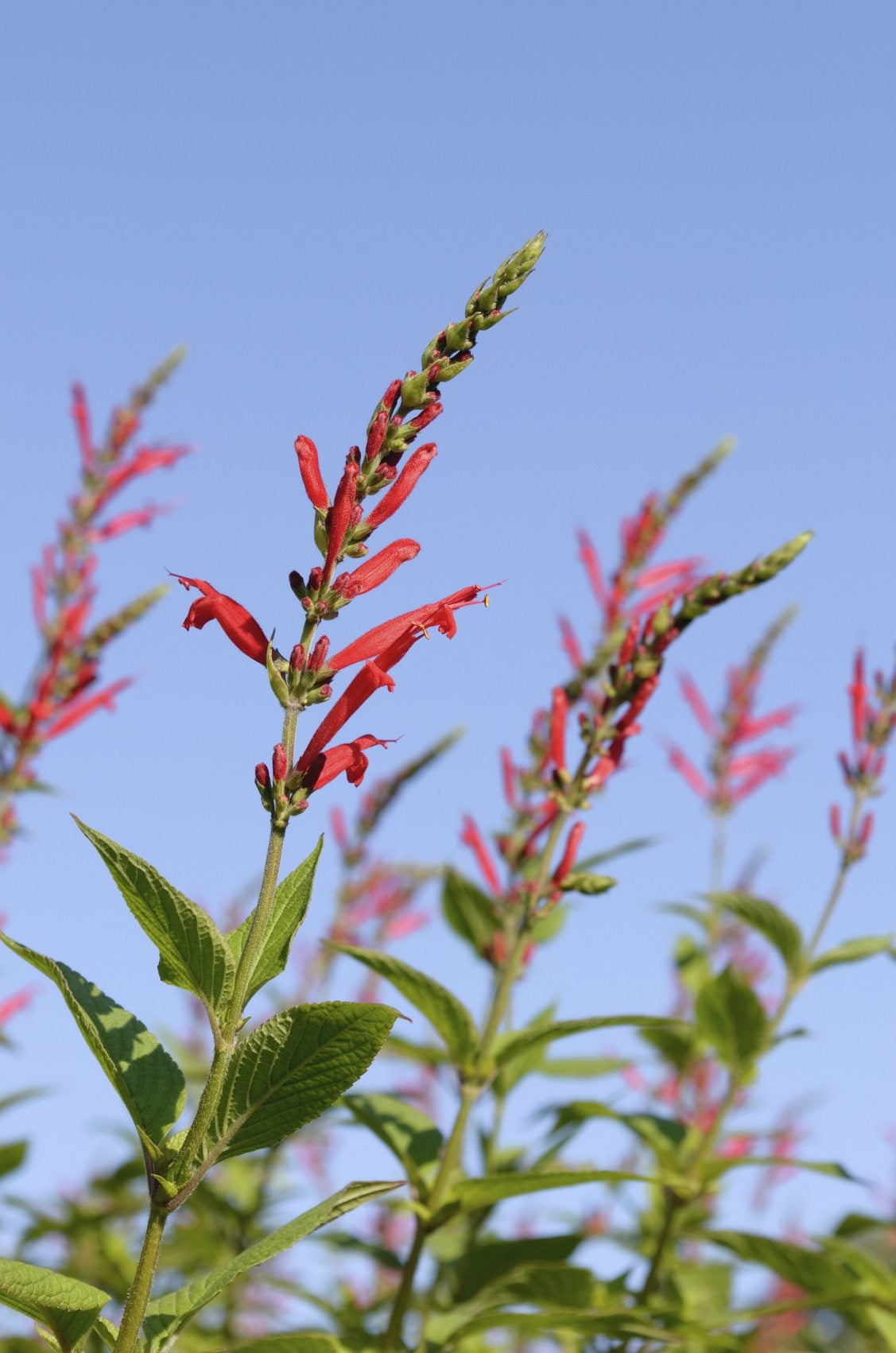 Tangerine Sage Plant Info: How To Grow Tangerine Sage Plants
Tangerine Sage Plant Info: How To Grow Tangerine Sage PlantsHighly ornamental and relatively speedy, growing tangerine sage couldn't be easier, as long as you meet the plant's basic growing conditions. Click this article to find out how to grow tangerine sage plants in the garden.
By Mary H. Dyer
-
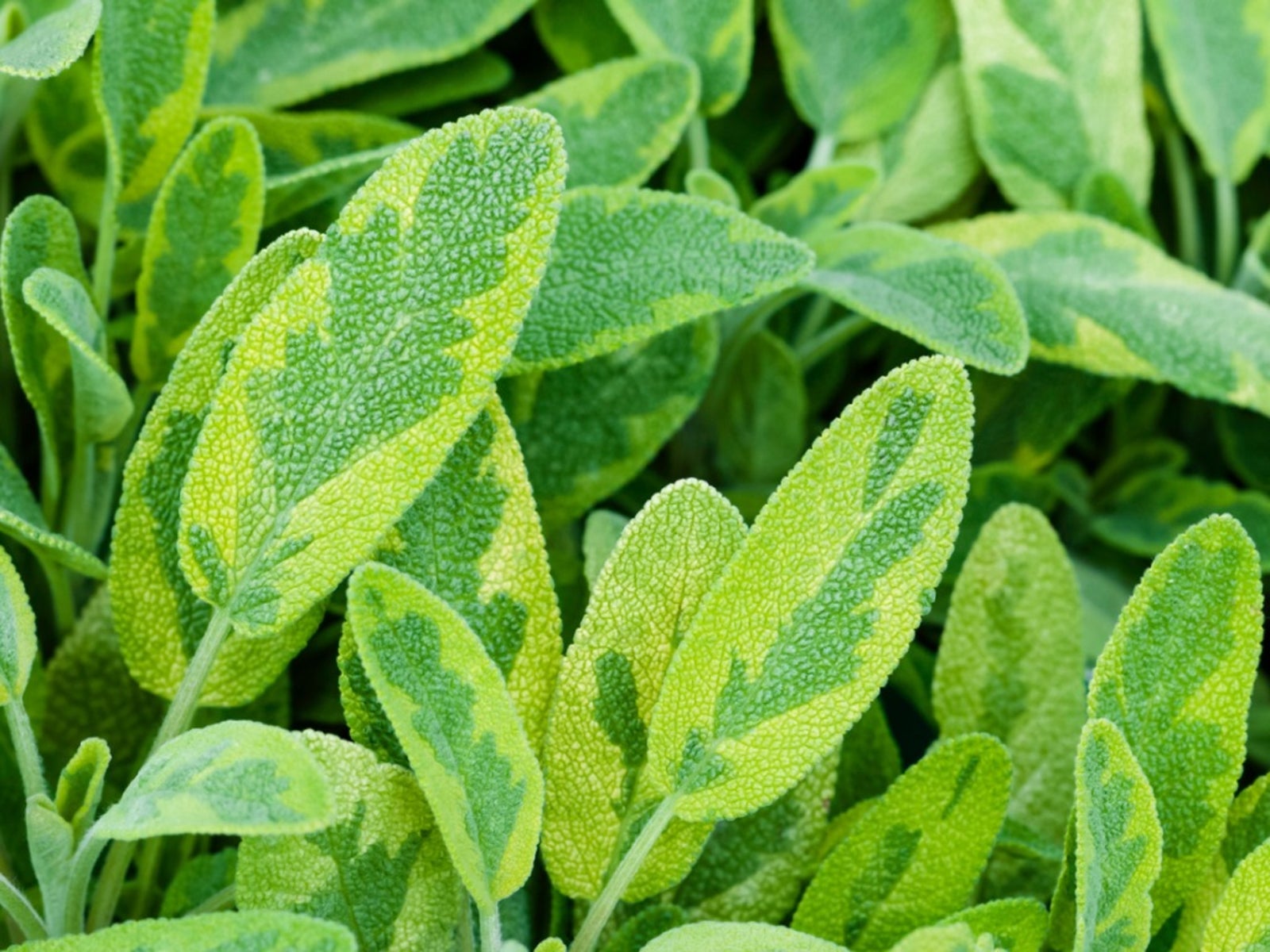 Golden Sage Care: How To Grow A Golden Sage Plant
Golden Sage Care: How To Grow A Golden Sage PlantGolden sage has the same aromatic and flavor properties of traditional sage but boasts lovely variegated leaves that are a contrast from the grayish leaves of common garden sage. Learn more about golden sage in this article.
By Bonnie L. Grant
-
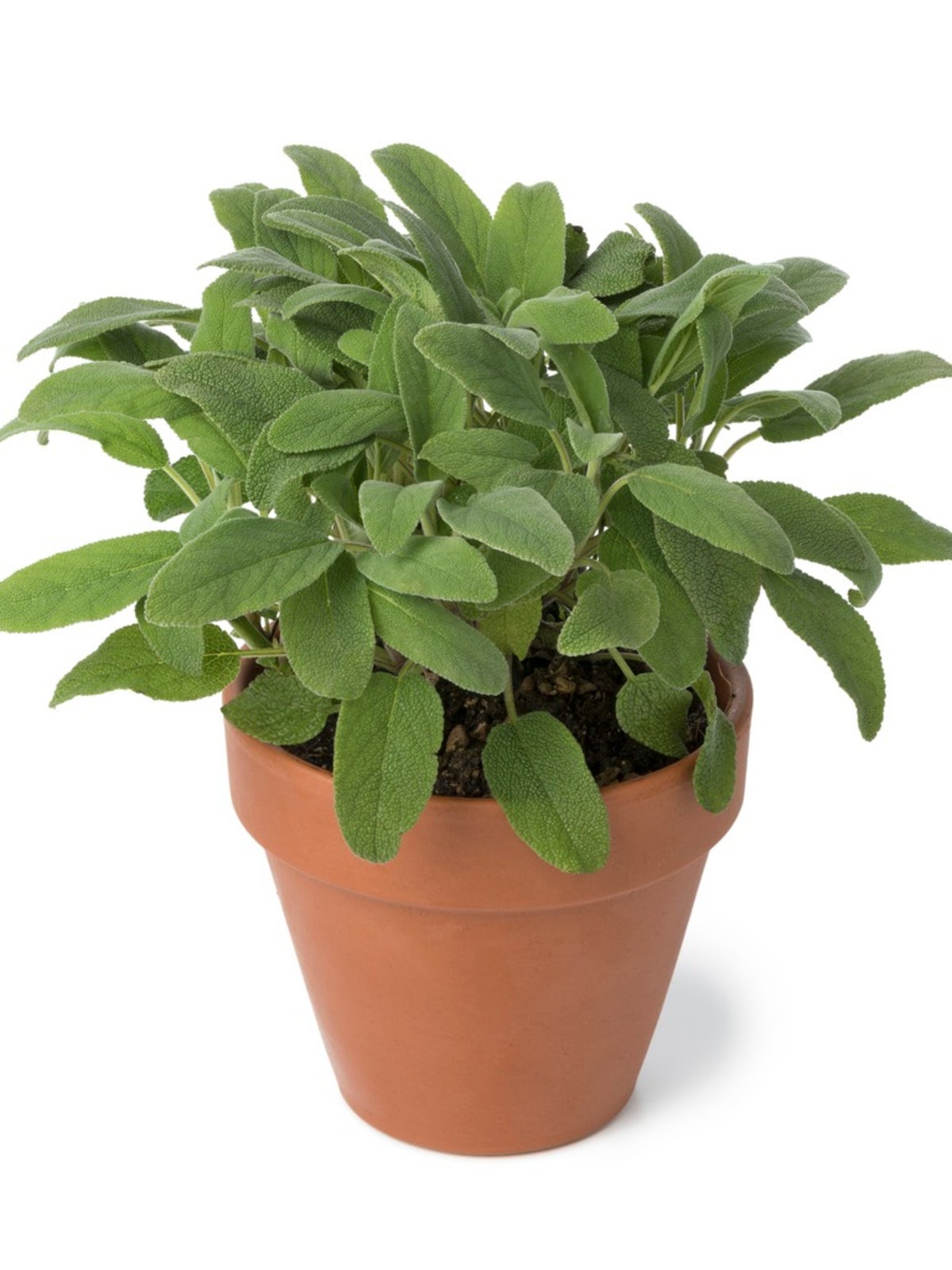 Care Of Potted Sage Herbs - How To Grow Sage Plant Indoors
Care Of Potted Sage Herbs - How To Grow Sage Plant IndoorsSage is commonly used in poultry dishes and stuffing, especially during the winter holidays. Perhaps you've wondered, "Can sage be grown indoors?" The answer is yes. Learn about growing sage indoors here.
By Becca Badgett
-
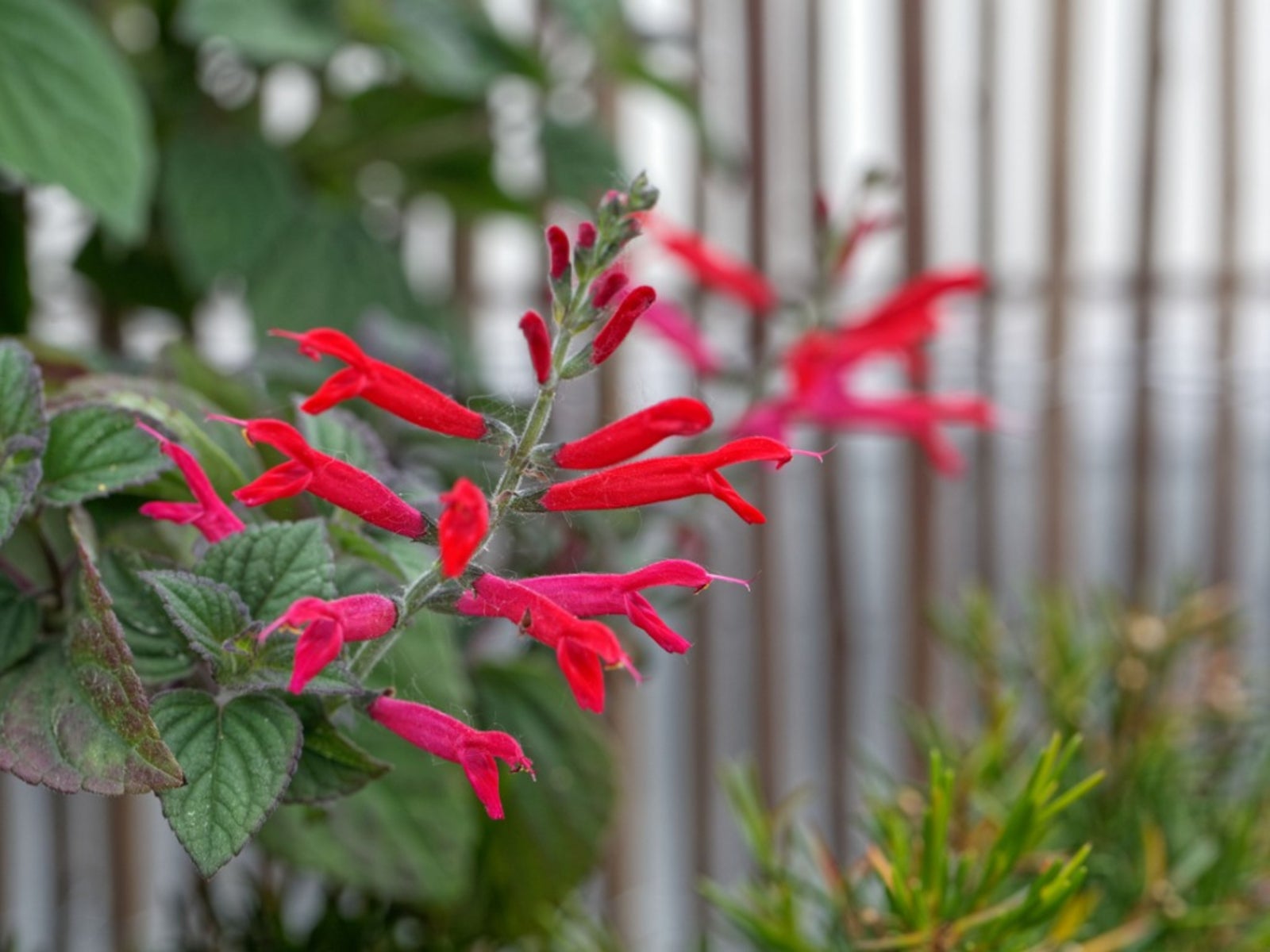 Tips On How To Grow Pineapple Sage
Tips On How To Grow Pineapple SageLeaves of pineapple sage emit the fragrance of pineapple, hence comes the common name of the pineapple sage plant. The easy care of pineapple sage is one more reason to have it in the garden. Click here for more.
By Becca Badgett